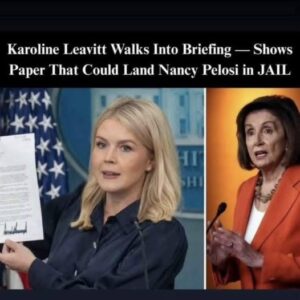Chicago police were allegedly ordered to stand down during a violent confrontation involving federal agents near an ICE facility, according to dispatch recordings and internal communications obtained by reporters. The clash took place on Chicago’s South Side while Department of Homeland Security agents were on a routine patrol, about 15 miles from a protest at an ICE processing center in Broadview. During the incident, the agents’ vehicles were rammed and boxed in by around ten cars, and as they exited their vehicle, a woman with a semi‑automatic firearm allegedly attempted to run them over and was shot by officers.
According to dispatch audio, a commanding voice instructed officers: “Per the chief of patrol: Clear everybody out, we’re not responding over there.” A dispatcher then relayed that “all units clear out from there, we’re not sending anybody out to that location.” One officer already in the vicinity radioed that they were blocked in and would try to leave as soon as they could. An internal CPD memo reportedly confirmed that officers were ordered to withhold response—even when federal agents explicitly requested assistance.
However, the Chicago Police Department pushed back on these accounts, asserting that officers did respond and were present to manage public safety and traffic control during the episode. The department insisted that local law enforcement acted appropriately and did not abandon the scene. The conflicting accounts have triggered scrutiny over whether political or policy decisions—especially those tied to Chicago’s sanctuary practices—may have influenced the order.
Federal officials responded strongly. Homeland Security Secretary Kristi Noem condemned the attack and announced additional federal resources would be deployed to Chicago to protect federal law enforcement personnel operating in the city. The incident has intensified tensions between federal and local authorities over responsibilities and jurisdiction, particularly amid broader disputes around immigration enforcement.
As the situation develops, key questions remain: who specifically issued the stand‑down order within CPD, whether the directive was lawful under Illinois and federal statutes, how internal protocols for mutual aid and officer safety were applied, and what accountability or oversight may follow. The conflicting narratives further reflect deeper institutional tensions over law enforcement cooperation, political priorities, and the balance between public safety and local policy.
BREAKING: 🚨 Dispatch audio CONFIRMS Chicago police were ORDERED not to assist Federal Agents that were cornered earlier today in Chicago.
Agents were ACTIVELY IN ROUTE when the order was given.
Dispatcher initially seemed slightly taken back by the order, but promptly… pic.twitter.com/0pRTyp7PxZ
— E X X ➠A L E R T S (@ExxAlerts) October 5, 2025





